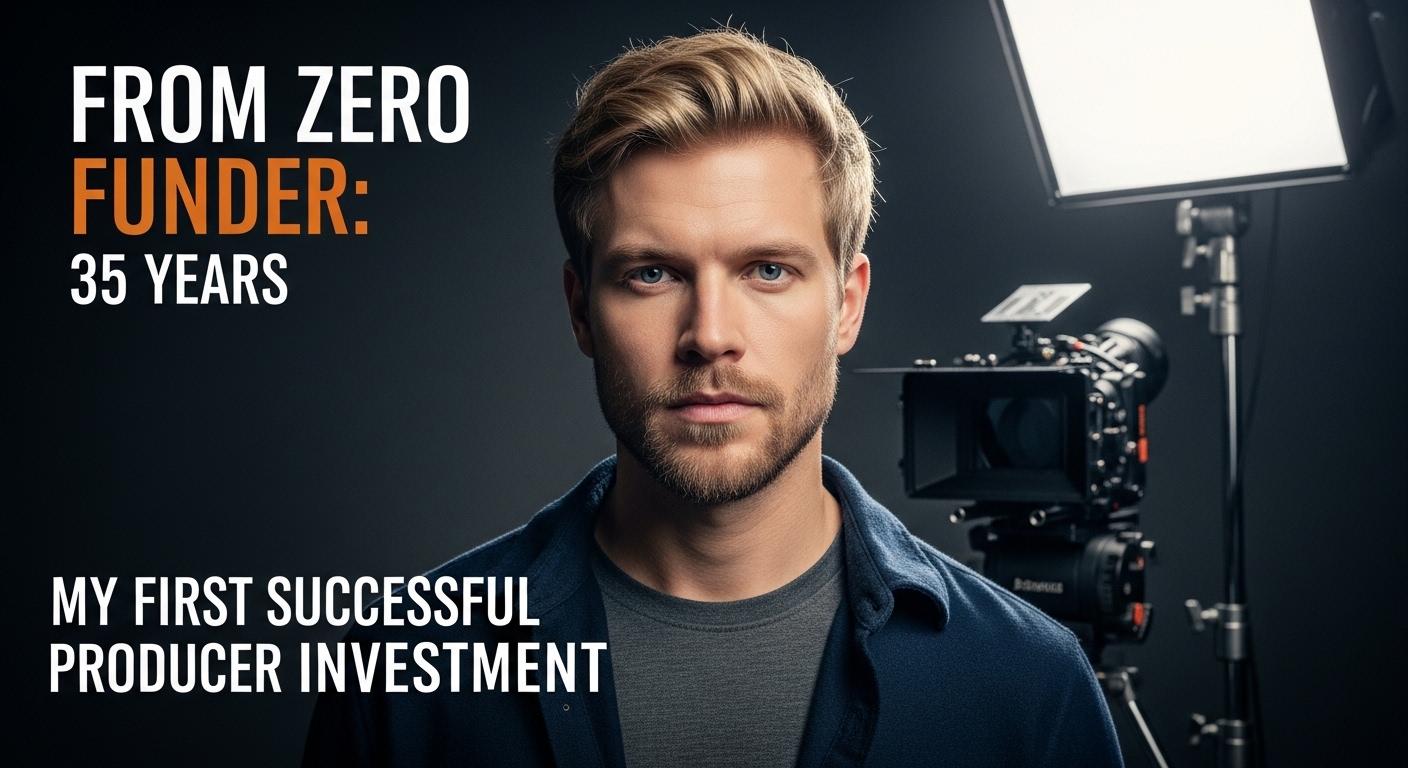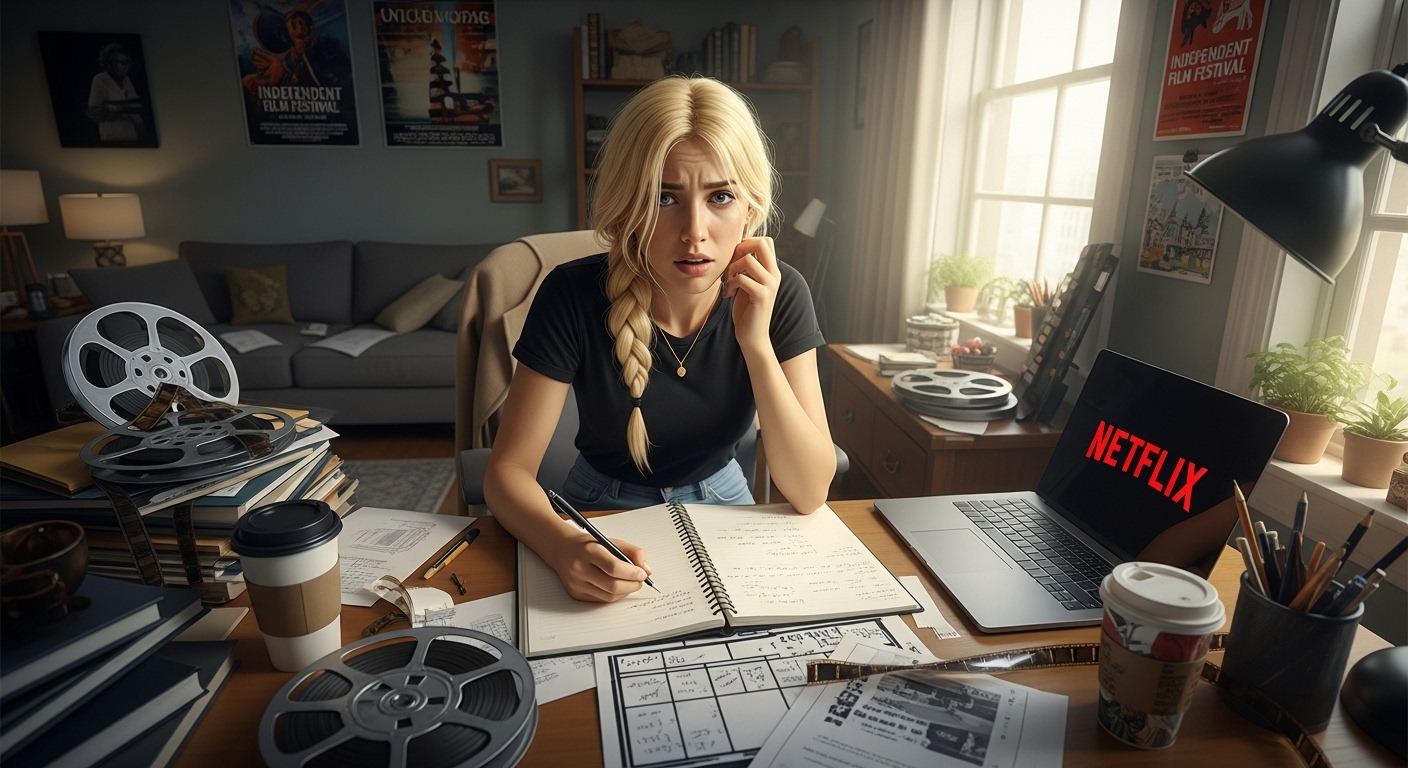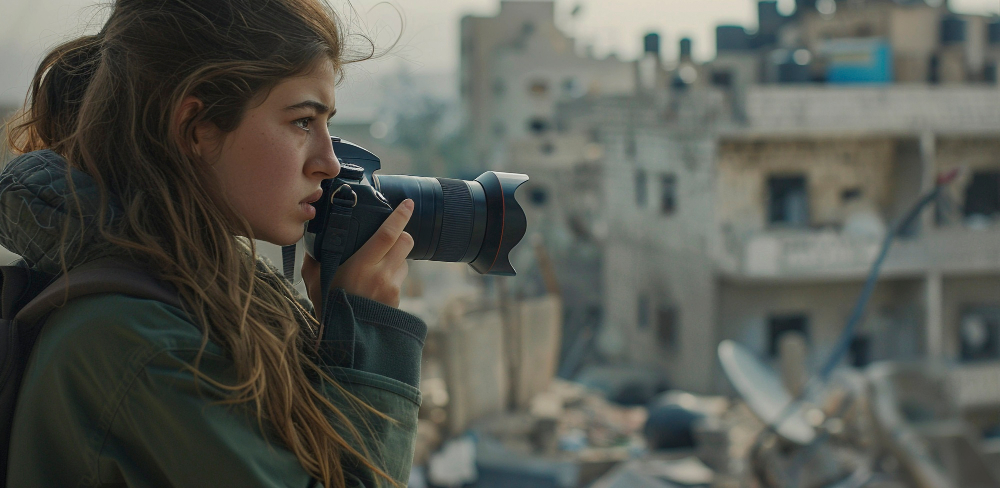Characteristics Of a Documentary Film.
- Non-Fiction: Based on real events, people, and situations.
- Objective (Attempted): Often strives for a balanced or unbiased portrayal (though complete objectivity is debated).
- Real-Life Subjects: Features actual individuals rather than actors playing roles.
- Authenticity: Aims to present reality as it is, without dramatic fabrication.
- Informative: Educates the audience on a specific topic, issue, or phenomenon.
- Investigative: Often involves research and exploration to uncover truths.
- Evidence-Based: Supports its claims with facts, interviews, archival footage, etc.
- Verifiable Content: Information presented can ideally be checked against real-world sources.
- Often Interview-Driven: Utilizes talking heads to provide perspectives and expertise.
- Use of Archival Footage: Incorporates historical film, photos, and audio.
- Voice-over Narration: Frequently uses a narrator to guide the audience through the story.
- Observational: Some documentaries simply observe events as they unfold without intervention.
- Expository: Explains a topic directly to the audience.
- Poetic/Abstract: Focuses on mood, tone, and visual aesthetics more than linear narrative.
- Reflexive: Acknowledges the filmmaking process itself, sometimes including the filmmakers.
- Performative: Emphasizes the filmmaker’s personal involvement or subjective experience.
- Evokes Emotion: While factual, they often aim to generate empathy, concern, or inspiration.
- Explores Complex Issues: Delves into societal, political, environmental, or personal challenges.
- Ethical Considerations: Filmmakers must navigate consent, privacy, and responsible representation.
- Can Be Persuasive: Often has a point of view and seeks to convince the audience.
- Varying Lengths: Can range from short films to feature-length productions.
- Diverse Subgenres: Includes historical, nature, political, biographical, social issue, etc.
- Often Lower Budget: Compared to narrative features, though this varies.
- Longer Production Time: Can involve extensive research and filming over years.
- Creative Use of Sound: Sound design, music, and ambient sound play a crucial role.
- Visual Storytelling: Uses cinematography to convey information and emotion.
- Direct Cinema Influence: Emphasizes minimal intervention, letting events speak for themselves.
- Cinema Verite Influence: Incorporates the filmmaker’s presence and interaction with subjects.
- Educational Tool: Used in schools, universities, and public awareness campaigns.
- Catalyst for Change: Can inspire social action or raise awareness about critical issues.
Documentary film is a unique art form that has been used to capture reality and tell stories for more than a century. It is one of the most powerful ways to inform, educate and entertain an audience.
Documentaries can provide insight into complex topics, shed light on current events, explore the lives of people from different cultures, or present an argument about an issue in society.
In this article, we will discuss the characteristics of documentary film which make it so compelling and successful. Let us start discussing the characteristics of a documentary film.
What is a Documentary Film?
A documentary film is a type of nonfiction media that focuses on telling a true story in an educational or informative manner. This form of filmmaking has several distinct characteristics that set it apart from other types of motion pictures. One of the defining features of a documentary is its focus on reality and truth, as opposed to fiction or make-believe stories.
Documentaries typically feature real-life people, places, and events and aim to provide viewers with an accurate representation of those elements. To further achieve this goal, filmmakers often add interviews with experts or individuals who have personal experience relevant to the subject matter being discussed.
Another characteristic uniquely associated with documentaries is their attempt to be objective; rather than presenting one particular perspective on the issue at hand, they try to provide multiple sides of the story for viewers to consider. But what are the characteristics of a documentary film?
Also read – Types of Documentary Films.
Cinematography Characteristics Of a Documentary Film.
Cinematography characteristics of a documentary film are integral to the filmmaking art. Documentary films, by their nature, strive to capture real life events and people without traditional storytelling techniques. One key characteristic is that it often uses natural lighting instead of creating dramatic lighting effects with specialized equipment.
The cameras used also tend to move freely around the scene for a more organic feeling and remain unobtrusive as much as possible, allowing the documentary crew to get up close and personal in capturing footage. This technique can be seen in many popular documentaries such as Fahrenheit 9/11 or An Inconvenient Truth.
Another cinematography characteristic of a documentary film is the use of wide-angle lenses and shallow depth of field which helps create an intimate connection between viewer and subject matter while still maintaining foreground clarity. Is style also a characteristics of a documentary film?
Also read – How to get into Documentary Filmmaking?
Filmmaking Style: Documenting Reality.
Documentary filmmaking is the process of capturing, preserving and presenting life on camera. It has become an increasingly popular style in recent years, drawing attention to the stories that need to be heard. Characteristics of documentary films typically involve a fascination with reality, an unbiased approach and an exploration of ideas.
The films may also feature interviews with experts or other individuals who can provide interesting insight into the topic at hand.
The most important characteristic of a documentary film is its focus on reality; it captures life as it truly exists without any attempt to alter it for entertainment purposes.
A well-made documentary should show the audience a side of life that they would not normally have access to and provide them with information from credible sources. So what are editing characteristics of a documentary film?
Editing Characteristics Of a Documentary Film.
The editing characteristics of a documentary film can make or break the entire movie. It is important for the editor to pay attention to certain key elements in order to craft an effective and impactful piece. Some of these elements are pacing, juxtaposition, transitions, and sound design.
Pacing refers to how quickly or slowly the clips transition from one another. A good strategy is to create a rhythm by moving back and forth between interviews and b-roll shots that illustrate what is being discussed in the interview.
Juxtaposition involves finding two completely different clips or images that somehow relate to each other and placing them together effectively onscreen.
Transitions should be chosen carefully as they help guide viewers through the story arc as it develops throughout the documentary. Is narration considered a characteristics of a documentary film?
Narration Characteristics Of a Documentary Film.
A documentary film is an effective tool for conveying information and experiences in a meaningful way. Documentary films are created with the purpose of providing an accurate account of real events, often through the narration of stories. As such, there are certain characteristics that help to define a documentary film as opposed to other genres.
The most prominent characteristic is the use of interviews with experts or those directly involved in the event being explored by the documentary. These interviews can provide viewers with insight into what happened, why it happened and how it affected people’s lives.
Additionally, archival footage can be used to help tell a story from a historical perspective, allowing viewers to gain further understanding into past events or developments. Finally, music and sound effects can be incorporated into documentaries to build tension and add drama. Let us look at conversation as a characteristics of a documentary film.
Also read – Ethics in documentary filmmaking.
Unscripted Conversation.
Unscripted conversation, a key element of documentary film, allows filmmakers to explore the complexity and richness of conversations between characters. Unlike scripted conversations, unscripted dialogue often lacks structure and control, instead it is an authentic representation of reality. Unscripted conversations have a number of unique characteristics which help create impactful documentaries.

Firstly, they are spontaneous and unpredictable; there’s no telling what direction the conversation will take or how long it will last. This makes them exciting for viewers since it offers insight into the lives of others that would otherwise be unavailable to them.
Secondly, unscripted conversations allow viewers to empathize with characters more deeply as they share their thoughts, feelings and experiences without any filter or agenda. Lastly, these encounters can provide meaningful lessons about life such as how people view certain topics or handle situations in real life scenarios.
Sound Design: Enhancing Emotion.
The field of sound design has become increasingly important in film, especially in documentary filmmaking. Documentary films often strive to capture the essence of a particular subject and evoke strong emotions from viewers.
Sound design plays an essential role in achieving these goals by supplementing the visuals with carefully selected audio elements that provide context and enhance the emotional impact of the narrative.
Sound design components used in documentary films include naturalistic and stylized soundscapes, atmospheric sounds, narrator voices, music, foley and dialogue. Naturalistic soundscapes are usually recorded on location and utilized to create a sense of realism while stylized sounds are recordings made on a Foley stage or added for effect. Atmospheric sounds add depth to shots by creating an immersive atmosphere when combined with visuals and dialogue.
Also read – 5 Essential Elements Of a Documentary.
Use of Music: Creating Mood.
Music is a powerful tool which can create any mood or atmosphere in any situation. It is especially important to use music strategically when creating a documentary film. Music that goes along with the visuals and conveys the message of the story should be chosen carefully and thoughtfully.
Documentary films often look to capture real moments, emotions, thoughts, and feelings in an authentic way, so for this purpose the music selected should be able to guide those motivations appropriately.
The first step in using music for documentaries is understanding what type of score works best for your particular project. It can range from upbeat and jazz with modern instruments up to classical pieces that trigger nostalgia.
Every documentary has its own characteristics – some are lighthearted while others may be more serious or sad – therefore each one will require different instrumentation and musical elements in order to accurately communicate its tone and message properly.
Interviews: Adding Context.
Documentaries are a unique form of storytelling, providing insight into the lives and experiences of others that can be both powerful and eye-opening. Interviews are one of the main characteristics of documentary films, allowing filmmakers to delve further into the context of their stories by giving viewers an inside look at the subject’s life.
Interviews provide a personal perspective from the person being featured in the film, which helps viewers gain a better understanding of what is being presented without any bias or external influence. Through interviews, documentary filmmakers can create meaningful connections between their story and their audience members.
Interviews also provide an opportunity for participants in documentaries to tell stories that otherwise may not be told. It allows them to tell their own version of events as they happened rather than relying on other sources such as books or articles.
Also read – The price tag of filming a documentary.
Subject Matter: Exploring Real Life.
The exploration of real life through documentary films can be an eye-opening experience. Documentary films provide viewers with an opportunity to learn about a person or event from an objective, sometimes emotional point-of-view.
One of the most captivating characteristics of documentary films is that they are often unembellished depictions of reality, allowing the viewer to gain insight and knowledge about what is being presented in the film.
Documentary films strive for accuracy in their portrayal of their subject matter which makes them even more interesting because it puts us into the shoes of those we are watching on screen.
Documentaries create a unique atmosphere by combining interviews and archival footage. This combination allows us to observe how people interacted in specific moments as well as get informed opinion from those affected by events depicted in the film.
Also read – How much do you get paid to appear in a documentary.
Popular Examples.
Documentary films are one of the most popular forms of media that convey different messages to viewers. They capture a variety of subjects, from preserving history and examining contemporary issues, to inspiring powerful conversations about artistic expression and social justice.
Characteristics of documentary films include an accurate representation of factual events, narration or interviews by experts or witnesses to the event being documented, as well as footage or images that support the main narrative. These features work together to present viewers with an objective portrayal of reality instead of a dramatized version.
For example, documentaries such as “The Central Park Five” examine true stories in great detail while maintaining objectivity throughout the entire film. Other documentaries like “Citizenfour” provide vivid accounts of whistleblower Edward Snowden’s story through first-person accounts and eye-opening footage from news reports.
Also read – Do celebrities get paid to appear in a documentary?
Conclusion: Benefits of Documentary Films.
Documentary films are a powerful medium for storytelling and can provide invaluable insights into different aspects of life. They can show us things we may not have seen before, help us better understand complex topics, and make us challenge our own beliefs.
Through the power of documentary films, we not only learn about different cultures and lifestyles, but also experience them in an immersive way that no other form of media can do.
One of the biggest benefits that documentary films offer is to broaden our perspectives on certain issues or events. It allows us to see past the headlines and gain a deeper understanding of causes and consequences in a way that cannot be done with regular news coverage.
Documentaries also help increase awareness about important social issues such as poverty or human rights abuses which are often neglected in mainstream media outlets.

I am a highly experienced film and media person who has a great deal to offer to like-minded individuals. Currently working on several exciting projects, I am a film and media practitioner for over a decade. I have achieved a great deal of success in my professional career.





